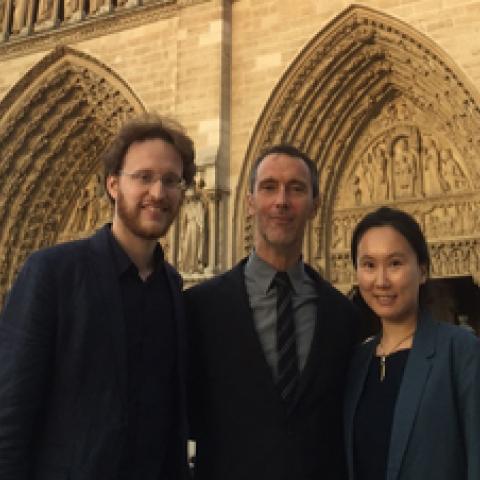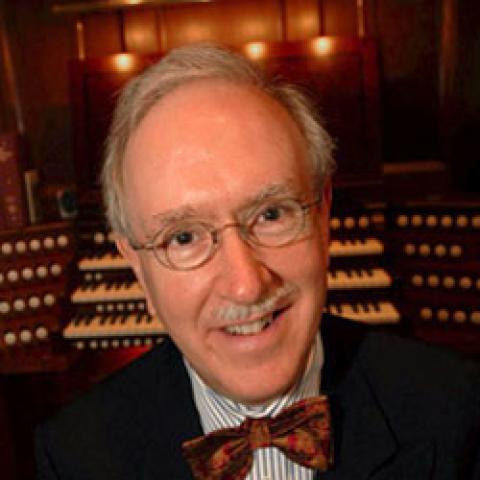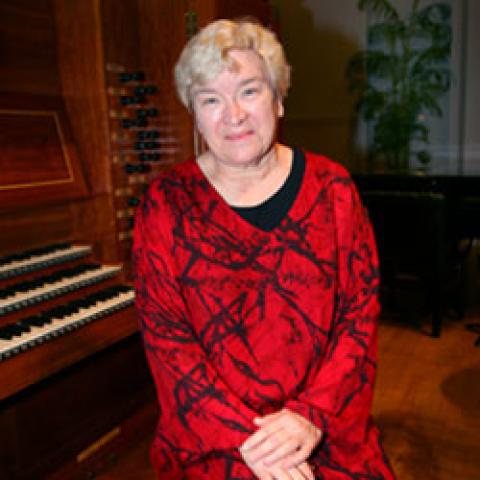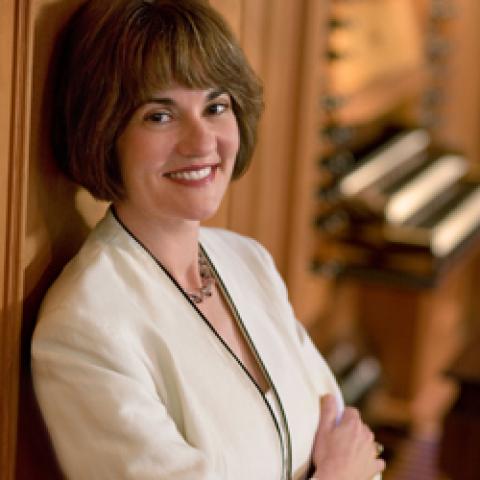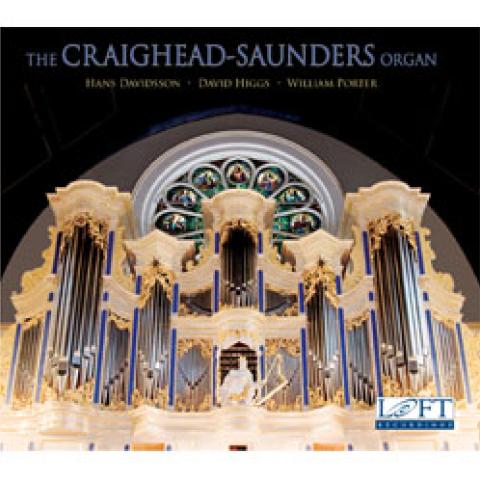
Mark Steinbach, Brown University Organist, has released a new CD, Organ Works of Anton Heiller, on the Loft label. Steinbach performs Heiller’s recently discovered Passacaglia of 1940 and other Heiller works on the ideal “period instrument” for this program: the 1962 Beckerath 4-manual/66-stop mechanical-action organ in the reverberant acoustic of St. Paul’s Cathedral, Pittsburgh, Pennsylvania.
This is the first recording on this landmark mid-centruy instrument since its 2009 restoration by Taylor & Boody. Steinbach, who studied Heiller’s music on a Fulbright Grant in Vienna, has provided extensive notes on the program.
Available now at www.gothic-catalog.com or iTunes.
For recitals or masterclasses, contact Mark_Steinbach@brown.edu.

